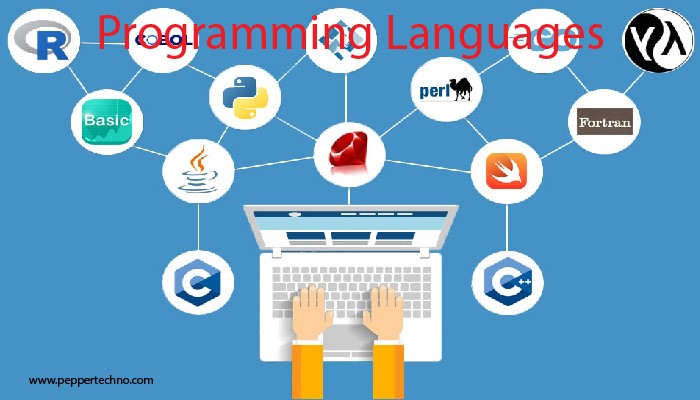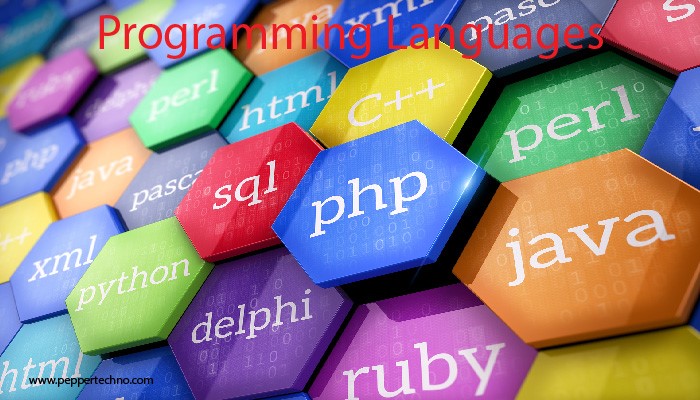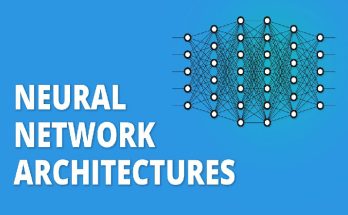Coding Cosmos: Unveiling the Spectrum of Programming Languages
Welcome to the fascinating realm of programming languages, where lines of code hold the power to create digital wonders and bring innovative ideas to life. Just like spoken languages shape our communication, programming languages are the building blocks that drive technology forward. Join us on a journey through the Coding Cosmos as we unveil the diverse spectrum of programming languages and discover their unique roles in shaping our digital world.

Categorization of Programming Languages
Programming languages can be categorized based on their level of abstraction. High-level languages, like Python and Java, are more user-friendly and easier to read. They abstract away complex details, making coding efficient for developers.
On the other hand, low-level languages such as Assembly and Machine Code offer direct control over hardware but require intricate understanding. They are closer to machine code and harder for humans to comprehend at first glance.
Another classification is based on functional or procedural paradigms. Functional languages focus on mathematical functions while procedural ones follow a step-by-step approach.
Moreover, programming languages can also be grouped into imperative or declarative types. Imperative languages specify how to achieve a result while declarative ones describe what the desired outcome should be without specifying steps.
Understanding these categorizations helps programmers choose the right language for their specific project requirements.
Popular High-Level Languages
When it comes to popular high-level programming languages, a few names always stand out in the vast coding cosmos. Python, known for its simplicity and versatility, is widely used for web development, data analysis, artificial intelligence, and more. Java remains a top choice for building large-scale enterprise applications due to its platform independence and strong community support.
JavaScript is essential for front-end web development as it allows creating interactive user interfaces with ease. Ruby on Rails offers developers a productive environment for building robust web applications quickly. C++ continues to be favored in system programming and game development for its performance and flexibility.
Swift has gained popularity among iOS developers for its speed and safety features. Each high-level language brings something unique to the table, catering to different needs within the programming landscape.
Exploring Low-Level Languages
When delving into the world of programming languages, it’s essential to explore the realm of low-level languages. These languages interact more directly with hardware, offering developers greater control over system resources and performance optimization.
Low-level languages like Assembly are closer to machine code, enabling programmers to manipulate memory and registers at a granular level. While they may be more complex and less user-friendly than high-level languages, mastering them can lead to a deeper understanding of how computers function at their core.
Despite their intricacies, low-level languages play a crucial role in tasks where speed and efficiency are paramount. They are commonly used in embedded systems programming, device driver’s development, and operating system kernels.
By gaining proficiency in low-level languages, developers can unlock new possibilities for crafting highly optimized software solutions that push the boundaries of performance and functionality.
The Rise of Web Development Languages
The evolution of web development languages has been nothing short of fascinating. From the early days of HTML and CSS to the dynamic capabilities of JavaScript, developers now have a plethora of options at their disposal.
Frameworks like React, Angular, and Vie have revolutionized the way websites are built, offering efficient solutions for creating interactive and responsive user interfaces.
Backend languages such as PHP, Python, Ruby on Rails, and Node.js power the server-side logic that drives modern web applications. These languages enable seamless communication between databases and front-end components.
The rise of full-stack development has blurred the lines between frontend and backend technologies, with developers mastering multiple languages to create robust web solutions. The demand for versatile developers proficient in a variety of web development languages continues to grow in today’s digital landscape.
Specialized Programming Languages for AI and Data Science
Delving into the realm of AI and data science opens up a whole new universe of specialized programming languages. These languages are tailored to handle complex algorithms, large datasets, and machine learning models with precision and efficiency. One such language is Python, known for its simplicity and versatility in implementing AI solutions.
R is another popular choice among data scientists for its powerful statistical analysis capabilities. Its extensive library of packages makes it ideal for exploring datasets and creating visualizations. For those delving into deep learning, Tensor Flow provides a comprehensive framework in which to build neural networks effortlessly.
Scala has also gained traction in the AI community due to its scalability and compatibility with existing Java codebases. Its functional programming approach aligns well with handling big data processing tasks efficiently. As the field continues to evolve rapidly, staying updated on the latest advancements in these specialized languages is crucial for harnessing their full potential in AI and data science projects.
Choosing the Right Language for Your Project
When embarking on a new programming project, choosing the right language is crucial. Consider the nature of your project – whether it’s web development, data analysis, or mobile app creation. Each language has its strengths and specialties tailored to different tasks.
For web development, languages like HTML, CSS, and JavaScript are essential for creating dynamic websites. If you’re diving into data science or AI projects, languages such as Python or R might be your best bet due to their robust libraries and tools designed for statistical analysis and machine learning.
Think about the long-term maintenance of your codebase too. Opting for widely-used languages with large communities can provide ample resources when troubleshooting issues down the road.
Selecting the right programming language will not only impact the efficiency of your project but also influence how scalable and adaptable it is in the ever-evolving tech landscape.
Conclusion
In the vast universe of programming languages, there is a galaxy of options to explore. From high-level languages like Python and Java to low-level languages such as Assembly and C, each serves a unique purpose in the world of coding.
As technology continues to evolve, new web development languages like JavaScript and Ruby on Rails are shaping the way we interact with the internet. Specialized languages like R and Python for data science, and Tensor Flow for AI, are pushing boundaries in their respective fields.
When embarking on a coding journey or starting a new project, choosing the right language is crucial. Consider factors like project requirements, scalability, community support, and personal familiarity when making your decision.
No matter which path you choose in this vast cosmos of programming languages, remember that each language has its own strengths and capabilities. Embrace the diversity of programming languages available to you and continue to expand your skills across different platforms.
Keep exploring the coding cosmos – there’s always something new waiting to be discovered!



